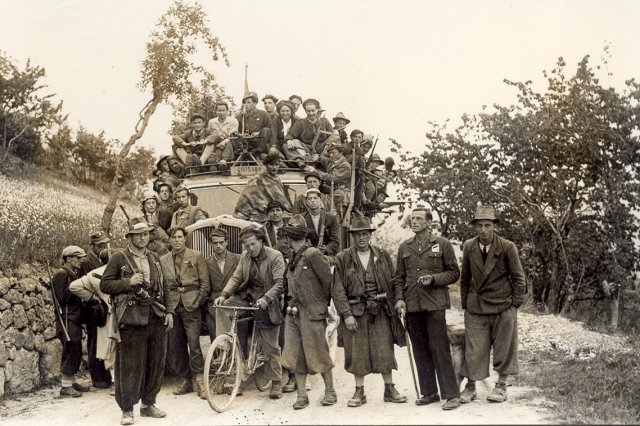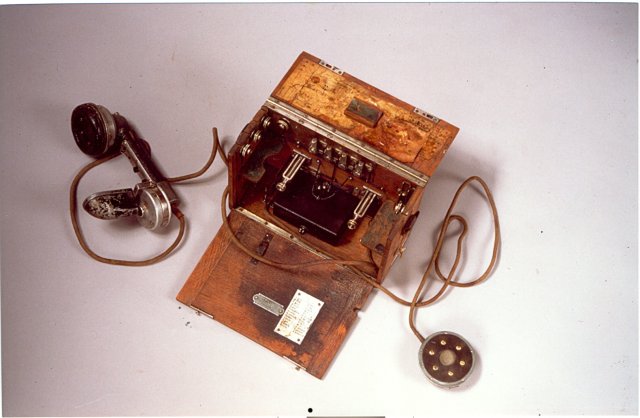Fascism, World War II, Resistance
Resistance
Armed resistance began in the autumn of 1943. Despite bans, roundups, and reprisals, it did not end until April-May 1945 with the general uprising and liberation. Within 20 months, the resistance in Vicenza area, rapidly connecting with the Allies, saw the scattered initial nuclei transform into battalions, brigades, and divisions. The armed struggle in the province of Vicenza was largely supported by four large formations: the Pasubio, Garemi, Ortigara, and Vicenza divisions. In Chiampo Valleys, on the border between the provinces of Vicenza and Verona, the first nuclei of the Pasubio Division were formed during the winter of 1943-44.
One of the essential aspects of partisan warfare, sometimes overshadowed by the more evocative idea of mass warfare, was the sabotage of enemy lines of communication, barracks, and depots. In the winter of 1944-45 and the following spring, around the original nucleus, which never renounced its specialty, numerous lowland territorial formations joined forces, so that on April 2 the Vicenza Division was formed, composed of the Argiuna, Battisti, Damiano Chiesa, Martiri di Grancona, Rosselli, Segato, and Silva brigades. This inter-party formation was responsible for the liberation of the city and a large swathe of the surrounding plain. Alongside the political and military resistance, and no less important than this, was the civil resistance. The price of this consensus, well known to the occupation authorities, was unfortunately paid in harsh and cruel reprisals, combining the suffering of the population with the devastation inflicted by the roundups on the partisan fighters. On April 10, 1945, the operational cycle that led to the liberation of the province began, with the dual aim of encircling the most important cities and cutting off the enemy's retreat routes. At the end of the cycle, the assumption of power by the provincial C.L.N. (National Liberation Committee) marked the return of freedom after the long night of tyranny.

Partigiani in marcia verso Lusiana

Telefono da campo tedesco, a quattro linee

